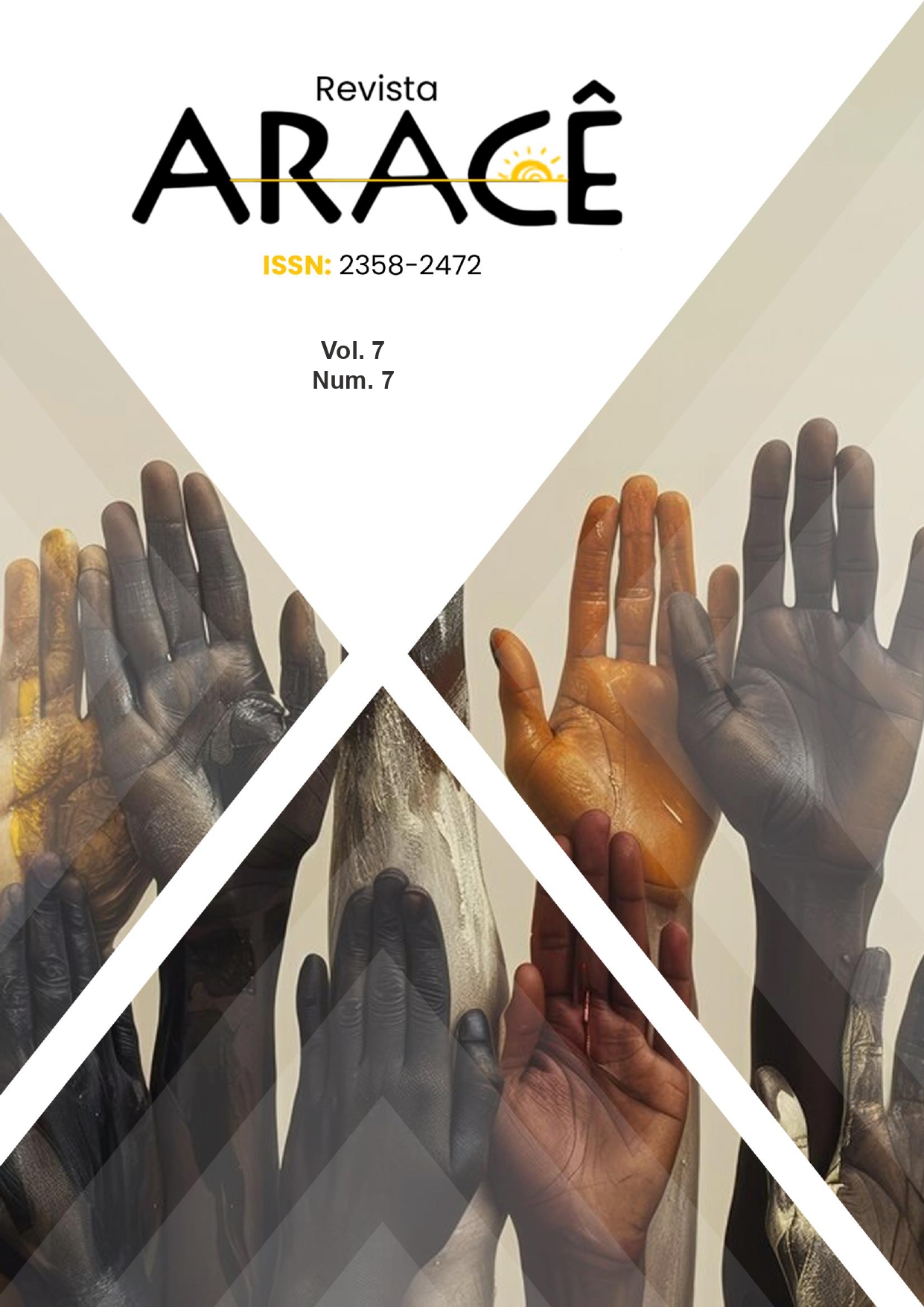ANÁLISE CLÍNICA E EPIDEMIOLÓGICA DAS VÍTIMAS DE ACIDENTE OFÍDICO ATENDIDAS NO HOSPITAL DE DOENÇAS TROPICAIS ENTRE OS ANOS DE 2020-2023
DOI:
https://doi.org/10.56238/arev7n7-039Palavras-chave:
Acidentes por animais peçonhentos, Epidemiologia, Saúde públicaResumo
O acidente ofídico representa um importante problema de saúde pública no Brasil, especialmente em regiões tropicais como o Tocantins, onde há elevada incidência desses eventos. Este estudo teve como objetivo descrever o perfil clínico e epidemiológico das vítimas de acidentes ofídicos atendidas no Hospital de Doenças Tropicais (HDT), em Araguaína-TO, entre 2020 e 2023. Trata-se de um estudo retrospectivo, quantitativo, de natureza descritiva, baseado na análise de 457 prontuários. Os dados revelaram predominância de pacientes do sexo masculino (77,68%), jovens, especialmente entre 20 e 29 anos, e residentes de zonas rurais. A maioria dos acidentes ocorreu nos meses chuvosos, tendo como principal agente etiológico o gênero Bothrops (78%), seguido por Crotalus (20%). Os casos foram majoritariamente classificados como moderados (47,7%). O tempo entre o acidente e o atendimento variou, sendo que apenas 5,25% foram atendidos em até uma hora. As regiões mais afetadas foram os membros inferiores (90,59%). A maior parte das internações durou entre 2 e 7 dias, e intervenções como drenagem e desbridamento foram realizadas nos casos com complicações locais. O uso de antibióticos foi identificado em 22,1% dos casos, com destaque para a combinação ciprofloxacino e clindamicina. Os resultados reforçam a importância do atendimento precoce e de ações preventivas direcionadas às populações mais vulneráveis, além de subsidiar estratégias de capacitação profissional e planejamento de políticas públicas.





